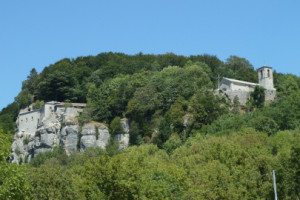
The name probably derives from the Latin Clau-Clusu (closed), as this town closes the passage between the Tiber River Valley and Romagna. In Roman times, the Via Maior passed here, connecting Arezzo with Romagna; in the Middle Ages, the Via Romea passed over the earlier road’s route. Chiusi was home to Count Orlando Cattani, who donated …
DETAILS
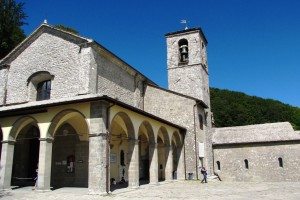
Immersed in the wooded Tuscan Apennines, on a rock spur overlooking a ravine, this sanctuary-convent is composed of a complex of buildings which has expanded over the centuries. These developments have not lessened the rough, wild look of the area, giving an idea of where and how Saint Francis would pray during certain periods of his life. …
DETAILS
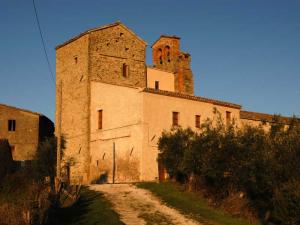
This site is an important monument to the spread of Christianity in this area. During the persecution under Diocletian, a Roman solidier – Crescentino – was decapitated and buried here. The church of Pieve de’ Saddi was built in the 5th century on the former site of a Roman temple to contain the remains of the martyr. …
DETAILS
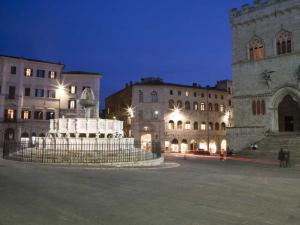
It was probably here where Francis preached to the citizens of Perugia, though the lovely 13th century Fontana Maggiore, had not yet been built. Saint Bernardino of Siena also preached in this piazza. Source: “La via di Francesco” – Edizioni San Paolo S.r.l.
DETAILS
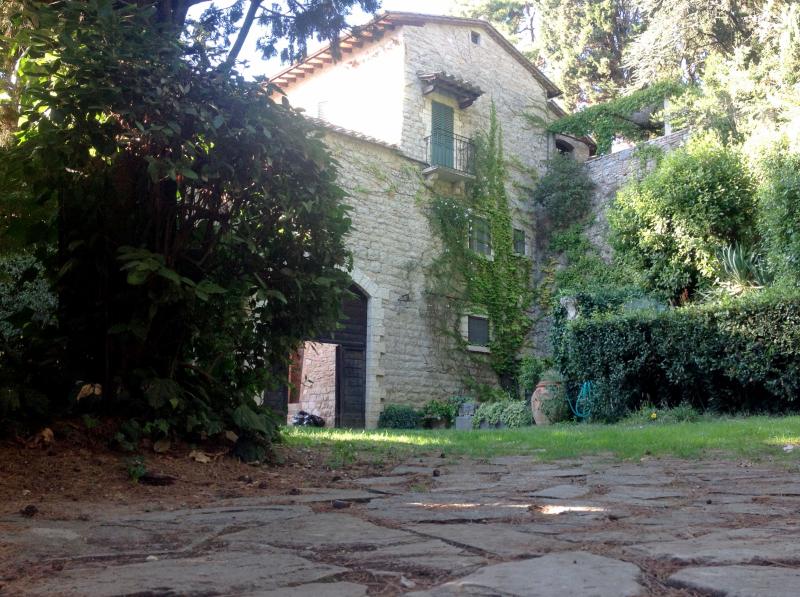
A few hundred meters from the route halfway up the slope between Spello and Assisi–just a few minutes along Via Fosso delle Carceri–this complex now hosts holiday apartments. Probably not originally a monastery, but a female religious community living alongside a church, dedicated to a life of prayer and penitence. Francis moved Saint Clare here …
DETAILS
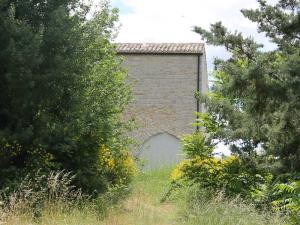
This abbey is along the route of Saint Francis’ Way after exiting the woods. Its history is uncertain; it may have been founded during the life of Saint Benedict of Nursia or at the beginning of the 12th century. Destroyed at the end of the 1300s, the monastery had been home to hermits for more …
DETAILS
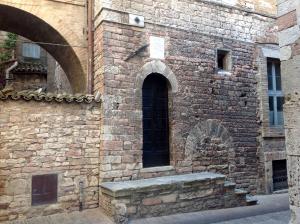
At number 11 on Via Bernardo da Quintavalle, un the facade of a Medieval building, you will find inscribed: “Hic S. Franciscum ad coenam et cubiculum Bernardus Quintavallis excepit et in extasim vidit”. Here Bernardo da Quintavalle invited Saint Francis to his table, where he welcomed him as guest and saw his ecstasy, after which …
DETAILS
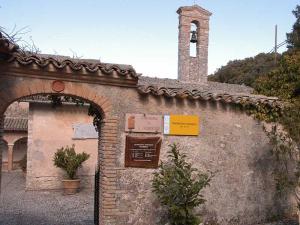
This hermitage is a deeply spiritual place, and a just reward for the tough climb from the Valnerina. The lucus (literally “clearing in the woods where sunlight passes”) was a sacred grove for the Romans and, in the 5th century, a community of hermits fleeing from Syria settled in this forest of holm oaks and hundreds …
DETAILS
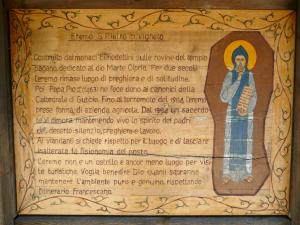
Gli affreschi in stile bizantino sul portale, così come il recupero e il restauro dell’edificio sono opera di padre Basilio Martin, l’eremita che vive in questo luogo. Ai pellegrini di passaggio si richiede di rispettare la scelta di solitudine rigorosa e di ascesi compiuta dall’uomo. Chi volesse, invece, trascorrere qui un periodo di autentico ritiro …
DETAILS
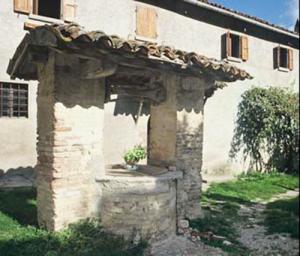
A small hermitage consisting of a group of natural caves already existed during Francis’ time on this isolated spot on Monte Cicerone. The hermitage was given its current name of Buonriposo by Saint Francis, who would stop here on his way to La Verna, and was visited by many saints, including Saint Anthony of Padua, Saint …
DETAILS
© FRANCESCO'S WAYS | Privacy Policy | Crediti
